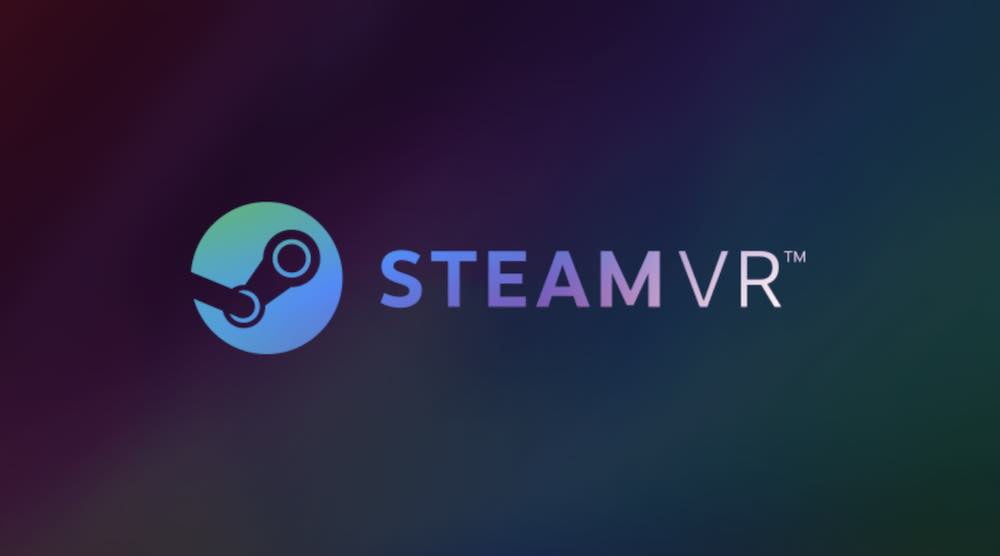SteamVR in September 2022: Meta Quest 2 takes heavy losses

Meta Quest 2's SteamVR market share dropped sharply in September after Valve said it corrected the statistics in August.
Valve's monthly hardware and software survey tracks all VR headsets that were connected to PCs with Steam installed at least once during the month in question and whose users participate in the survey. Among other things, the statistics show the percentage of SteamVR users in the total Steam user base.
The highest recorded value to date is 2.31 percent (May 2021). In September 2022, the percentage was 2.03 percent. Assuming that Steam had an average of 132 million monthly active users last year, SteamVR should have around 2.7 million users.
The fact that the percentage stays the same or even drops over months and years suggests that the SteamVR user base is growing slower than the rest of the Steam user base.
Recently, Valve's survey produced many questionable numbers. Valve then spoke up and admitted that there were problems with the collection and analysis of the data. The company corrected the August survey results and said it expects more accurate results in the future. Accordingly, the above percentage is likely to be correct.
Meta Quest 2 takes heavy losses
The following statistics show the market shares of VR headsets recorded by Steam in August and September 2022. Devices that have less than one percent market share are not listed (exception: Pico Neo 3).
VR users exclusively on Meta platforms and Viveport who have not installed Steam or participated in the Steam data collection are not captured by the statistics, nor are PSVR players and users of Meta Quest 1 & 2 who only use their VR headset standalone. Accordingly, the SteamVR statistics only reflect a small part of the entire virtual reality market.
| August 2022 | September 2022 | Difference | |
|---|---|---|---|
| Meta Quest 2 | 49,25 % | 41.39 % | - 7,86 % |
| Valve Index | 15,44 % | 17,21 % | + 1,77 % |
| Oculus Rift S | 11,05 % | 13,94 % | + 2,88 % |
| HTC Vive | 6,51 % | 7,07 % | + 0,56 % |
| Oculus Rift | 3,99 % | 6,41 % | + 2,42 % |
| Windows Mixed Reality | 4,40 % | 5,11 % | + 0,71 % |
| Meta Quest | 3,17 % | 2,58 % | - 0,59 % |
| HTC Vive Pro | 1,45 % | 1,49 % | + 0,04 % |
| HTC Vive Cosmos | 1,33 % | 1,20 % | - 0,13 % |
| Pico Neo 3 | 0,84 % | 0,83 % | - 0,01 % |
| SteamVR user base | 2,05 % | 2,03 % | - 0,02 % |
Meta Quest 2 lost nearly 8 percent of SteamVR market share in September, while older PC VR devices Oculus Rift (2016), HTC Vive (2016), and Oculus Rift S (2019) gained more ground than Valve Index in some cases. This goes against the trend of the last two years and once again casts doubt on Valve's numbers. I can't think of a good reason for such a development.
Meta Quest 2 might nevertheless grow a bit less this year than in the 2020 and 2021 Christmas seasons, partly because of the price increase and partly because of the first real Meta Quest competitor, Pico 4, which will be released in October.
PC VR usage: seasonal slump
How often and intensively SteamVR headsets are used cannot be gathered from the monthly Steam survey. The following statistic, which shows the monthly average of maximum simultaneous SteamVR users, gives a rough idea.
This number reached a new high of 24,000 in January 2022, which fell again in the following months and amounted to about 16,000 in August and September - a seasonal slump that can be observed every year. A small increase is expected again for the end of the year.
The PC VR market has generally been slow to grow in recent years: Possible reasons include the lack of major PC VR games, high graphics card prices, or simply low interest among PC gamers.
Note: Links to online stores in articles can be so-called affiliate links. If you buy through this link, MIXED receives a commission from the provider. For you the price does not change.